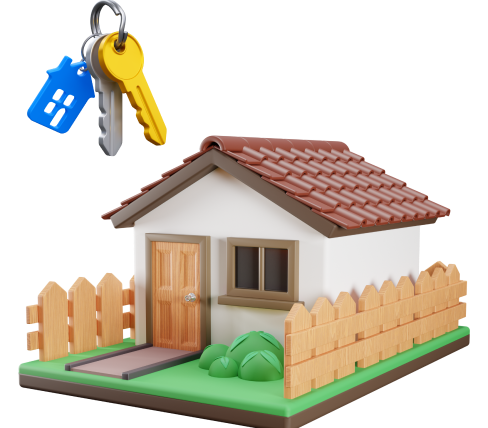Oregon Helps Wildfire Victims With Emergency Housing Options
This year's wildfires in the western United States have been unprecedented. An area larger than the state of Delaware has already burned, and the fire season is not over yet. Thousands of families have been displaced from their homes, including hundreds of residents in Oregon. On Friday October 9, Oregon state officials took a big step forward in their wildfire recovery efforts by announcing that a housing mission funding request had been granted by the Federal Emergency Management Agency.
What the State of Oregon Asked for
The Oregon Office of Emergency Management requested housing funds to provide temporary shelter for the hundreds of Oregon residents who have already lost their homes as a result of the wildfires. This request was sent to the Federal Emergency Management Agency in September. On Wednesday, state officials received notice that their request had been approved.
Oregon and Federal Emergency Management Agency Finalize Plans
The press release issued by the state of Oregon explained that Federal Emergency Management Agency and Oregon are finalizing the implementation of the mission. Residents of Marion, Linn and Jackson Counties who lost their homes in the wildfires that burned in September will be eligible for the temporary housing. Residents of those three counties get priority for the program. Other residents may be eligible if they lost their homes during the wildfires and funds are still available.
Who Is Prioritized for Housing Help
Residents of Linn, Marion and Jackson Counties have priority for help. People who have an immediate need and a lack of available rental options also have priority. Some other factors in who can get help include whether or not the house can be repaired and made safe, sanitary and secure. The availability of other housing units in the community is also a factor. A person's health status and age are also included in setting the priorities for who gets help. An individual has to register with the Federal Emergency Management Agency and the state of Oregon in order to be eligible. The damage must be to their primary residence. The damage to the residence must be a result of the wildfires.
Where Housing Help Is Needed the Most
Jackson County accounts for more than 50% of the homes that burned during the wildfires in August and September. The Federal Emergency Management Agency is continuing to evaluate who needs housing assistance in the neighboring counties. The Federal Emergency Management Agency is also partnering with the American Red Cross and other public and private organizations in order to make sure that all Oregon residents have a safe place to live, even if it is on a temporary basis.
How Federal Emergency Management Agency's Direct Housing Assistance Works
The Federal Emergency Management Agency offers a direct housing assistance program for individuals and families. The program provides up to 18 months of free temporary housing after a disaster is declared. The area must be under a federal disaster declaration. The Federal Emergency Management Agency note that the housing program pays for both repairs so the person can return to their own home and for apartment rentals. The apartment rentals gives the person time to get repairs made and for them to either build or buy a new home.
Why This Housing Help Is So Important
Autumn has arrived, and winter is on the way. Oregon is no stranger to frigid weather. People will need safe and secure housing to keep them warm during the upcoming winter months. Another area of concern is the COVID-19 pandemic. A lot of the organizations that would otherwise set up shelters for large numbers of people have stopped doing this. The shelters that are still open have a reduced capacity in order to accommodate public health guidelines for social distancing. This means there are fewer places and fewer beds available.
Who Is Waiting for Housing Help
People from all walks of life are waiting to get their direct housing assistance from the Federal Emergency Management Agency and its partnering agencies. People with children in their household are particularly at risk for housing problems. It's difficult to find an apartment that can accommodate a family of four or more people. Single-income households are also in desperate need of the housing assistance. These households may not be able to save for another security deposit on an apartment. People who live on a fixed income are also hoping to get assistance from the Federal Emergency Management Agency.









